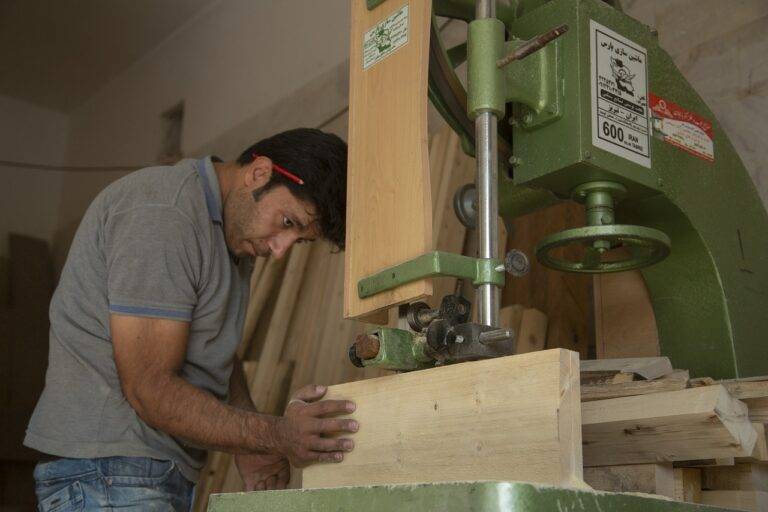Trends in Sustainable Agriculture: Vertical Farming and Urban Agriculture Initiatives
Vertical farming offers numerous advantages in the realm of agriculture. By utilizing vertical space, this innovative method allows for increased crop yields in a smaller footprint compared to traditional horizontal farming. This efficiency in land use is especially valuable in urban areas where space is limited, making it a sustainable solution for food production in densely populated regions.
Another benefit of vertical farming is its ability to reduce the carbon footprint associated with food production and distribution. With the use of controlled environments and hydroponic systems, this farming method requires less water and eliminates the need for harmful pesticides. By growing food closer to the point of consumption, vertical farming also lowers transportation emissions, contributing to a more environmentally friendly and sustainable food system.
Challenges Faced by Urban Agriculture Initiatives
Urban agriculture initiatives face numerous challenges in their quest to promote sustainable food production within cities. One major obstacle is the limited availability of land in urban areas, making it difficult to establish large-scale agricultural operations. Additionally, zoning restrictions and regulations often pose barriers to the expansion of urban farming projects, hindering their growth potential.
Another challenge is the high cost of land and property in urban environments, which can make it financially challenging for urban agriculture initiatives to acquire suitable space for cultivation. This financial burden is further compounded by the need for specialized equipment and infrastructure to support urban farming practices, increasing the initial investment required to launch and sustain such initiatives.
Innovations in Sustainable Agriculture Technologies
One of the most promising innovations in sustainable agriculture technologies is the development of precision agriculture. This technique involves using advanced sensors, GPS technology, and data analytics to optimize the use of resources such as water, fertilizers, and pesticides. By precisely tailoring inputs to the specific needs of each plant, farmers can increase yields, reduce costs, and minimize environmental impact.
Another notable innovation is the use of vertical farming systems. These indoor facilities stack multiple layers of crops in a vertical arrangement, allowing for high-density production in limited urban spaces. Vertical farming utilizes techniques such as hydroponics and LED lighting to provide plants with optimal growing conditions, resulting in faster growth cycles and higher yields compared to traditional farming methods. This technology not only conserves land and water but also reduces transportation costs associated with bringing produce from rural areas to urban markets.
What are some benefits of vertical farming?
Vertical farming allows for increased crop production in a smaller space, reduces the need for traditional farming methods like pesticides and herbicides, and can be implemented in urban areas to provide fresh produce locally.
What are some challenges faced by urban agriculture initiatives?
Urban agriculture initiatives often face challenges such as limited space, zoning regulations, access to resources like water and sunlight, and community acceptance.
What are some innovations in sustainable agriculture technologies?
Innovations in sustainable agriculture technologies include precision farming techniques, automated irrigation systems, use of renewable energy sources, and development of climate-resilient crop varieties.







